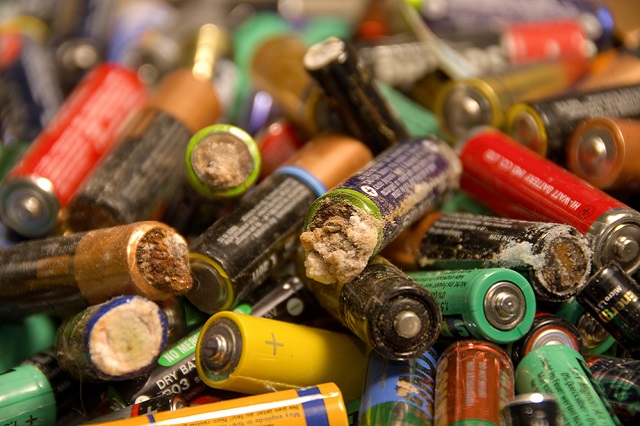Since the uses of manganese have been proved to be an alternative for renewable energy, investors are increasingly interested in this source of energy.
The race to replace the current lithium batteries is underway. A technology that does not use as a basis this coveted metal, is in an advanced state, and shows the different uses of manganese and sodium, more abundant in nature and with interesting properties to store energy.
Recent studies
Researchers at the University of Cordoba (UCO) have succeeded in synthesizing a compound that improves the performance of the experimental cells of sodium ion. They have done so by incorporating manganese, a metallic element that improves one of the weaknesses of these alternatives: capacity.
In a battery, an electric current is generated thanks to the existence of two poles called anode and cathode, which exchange ions and electrons through the electrolyte and the circuit, respectively.
To increase the capacity of the experimental cell, scientists at the UCO raised a change in the material used as a cathode. In it a vanadium and sodium composition was used to which the manganese was incorporated.
The researchers observed that the loading and unloading speed was superior in several scenarios. The discharge lasted longer and the cell supported more loading and unloading cycles.
To create a new battery, it is important that the discharge is durable, that it is charged in a short time and that the cycle persists a long time.
Uses of manganese
In many of the batteries that are currently used, such as mobile phones, lithium ions flow. Sodium ions may also fulfill this function, but the resulting batteries have two problems: their capacity and voltage is lower, so the resulting energy density is smaller.
However, in favor of sodium plays its availability: it is a thousand times more abundant on Earth than lithium, and its handling is cheaper. The same can happen with manganese.
In addition to being more present in nature, sodium is better distributed in the world than lithium, which is concentrated in few regions of Asia and South America, making it a resource susceptible to economic and geopolitical tensions.
Incorporating manganese to the compound that was being used routinely in the experimental batteries of sodium ions, was to create a new laboratory material. The synthesis was carried out with different proportions of manganese, in order to find the right amount. The results have recently been published in the scientific journal, Journal of Power Sources.
Benefits
One of the best benefits of this type of technology is that manganese is not toxic to humans or the environment, is relatively cheap and is scalable, so it could be useful for the creation of new storage devices Energy.
Researchers at the UCO think it could be used in stationary systems like those that save energy generated from renewable sources, such as wind farms, which would otherwise be lost once generated.
In order for the basic research work to have an impact on society, it is necessary to transfer the results to the industry. We need companies in our environment that are committed to development and take advantage of the research done to continue the creation of new batteries on an industrial scale.
Conscious if this, some companies intend to provide secure ethically sourced manganese supplies, such like Manganese X Energy, that explores rich deposits of manganese, and currently hosts one of the best mining jurisdiction in Canada, a country known to be mining friendly. Since it is one of the most interested corporations in this type of development, investors have set their eyes on it.
The future of the new batteries is in the manganese and the sodium, and in the use that they are given to store energies.
 Investment value finders Investment value finders
Investment value finders Investment value finders




